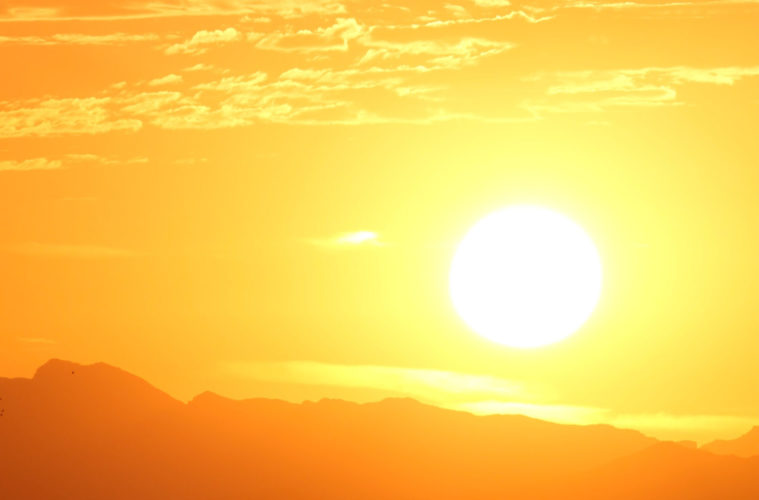California issued a ‘flex alert’ Monday, July 12, asking residents to reduce electricity use between 4 p.m. and 9 p.m., as “uncertainty” in power lines have been created by fires and rising temperatures.
A combination of the “Bootleg Fire” in Oregon threatening Northern California’s power lines, along with rising temperatures, have created an “increased demand for electricity,” according to the California Independent System Operator (Cal ISO).
“The fast-moving Bootleg Fire tripped off transmission lines on Friday and again
Saturday, limiting electricity flow from the Pacific Northwest to California and other
states,” Cal ISO said in a press release Monday. “Power supplies to the California ISO service territory, which covers about 80 percent of the state, have been reduced by as much as 3,500 megawatts because of the fire.”
Some of the calls to action include pre-cooling homes and using major appliances before 4 p.m. During the flex alert time frame, Cal ISO suggests setting thermostats to 78 degrees, avoiding the use of major appliances and turning off lights that are not being used.
Cal ISO also asked that any planned outages be postponed so generators can undergo maintenance inspections instead.
On Saturday, July 10, Gov. Gavin Newsom signed an executive order in response to the stressed power lines, allowing for the use of backup power generators. With the order, auxiliary ship engines were used to help “free up energy” and power the state through the weekend.
If the flex alert does not conserve enough energy to power the state, Cal ISO said there is a possibility that power outages would ensue.
“If demand still outstrip supply after a Flex Alert is in effect, the ISO could take the
infrequent step of ordering California utilities to spread power outages of relatively short
duration to effectively extend available electricity as much as possible,” the organization said. “As California’s ability to store solar and wind energy with batteries or other technology continues to improve, those crucial evening hours will be less of a challenge and similar emergencies rarer. But for now, collective action to conserve is our most effective way to keep the grid stable”
Advertising disclosure: We may receive compensation for some of the links in our stories. Thank you for supporting LA Weekly and our advertisers.

